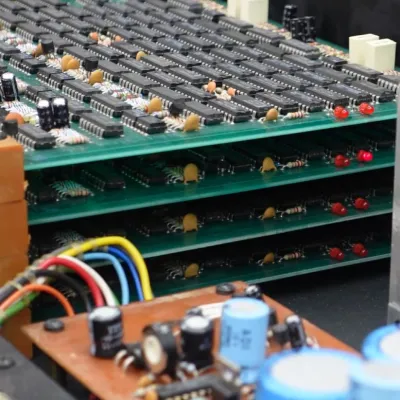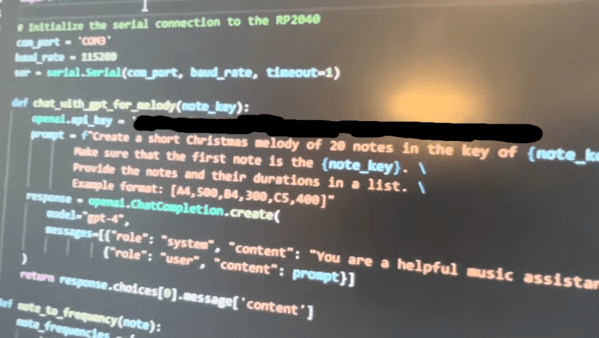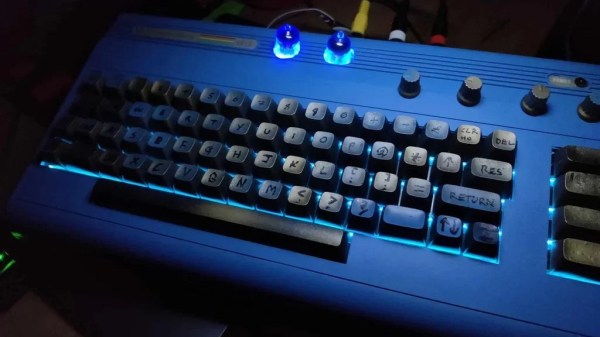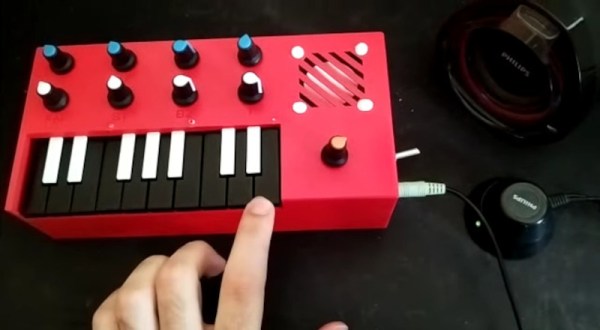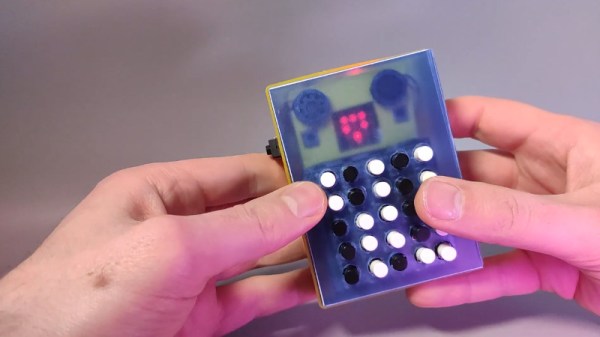A piece of musical history is the Maplin 4600, a DIY electronic music synthesizer from the 1970s. The design was published in an Australian electronics magazine and sold as a DIY kit, and [LOOK MUM NO COMPUTER] got his hands on an original Maplin 4600 that he refurbishes and puts through its paces.
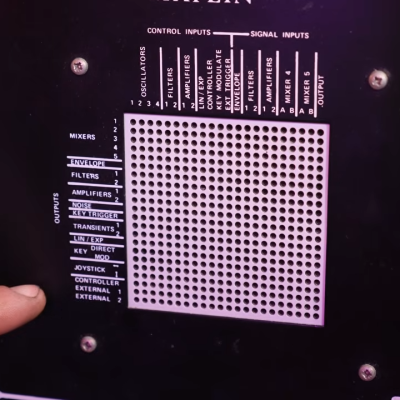
The Maplin 4600 is a (mostly) analog device with a slightly intimidating-looking layout. It features multiple oscillators, mixers, envelope generators, filters, and a complex-looking patch bay on the right hand side that is reminiscent of a breadboard. By inserting conductive pins, one can make connections between various inputs and outputs.
Internally the different features and circuits are mostly unconnected from one another by default, so the patch board is how the instrument is “programmed” and the connections made can be quite complex. The 4600 is one of a few synthesizer designs by [Trevor Marshall], who has some additional details about on his website.
The video (embedded below) is a complete walk-through of the unit, including its history, quirks, and design features. If you’d like to skip directly to a hands-on demonstrating how it works, that begins around the 10:15 mark.
Synthesizers have a rich DIY history and it’s fascinating to see an in-depth look at this one. And hey, if you like your synths complex and intimidating, do yourself a favor and check out the Starship One.
Continue reading “Reviving A Maplin 4600 DIY Synthesizer From The 1970s”



